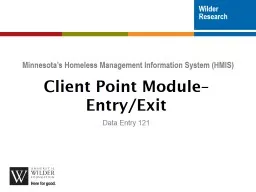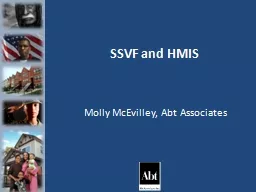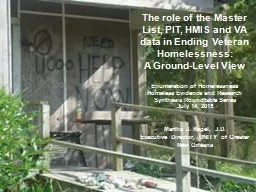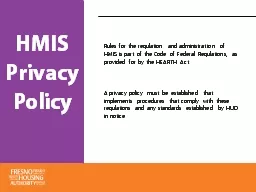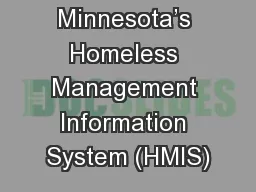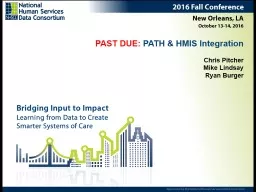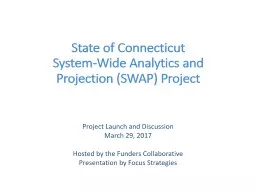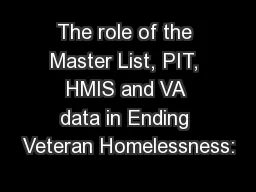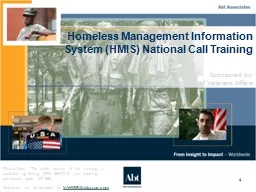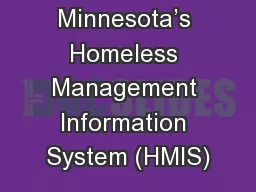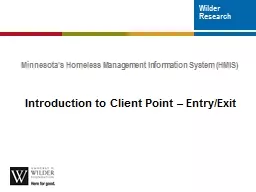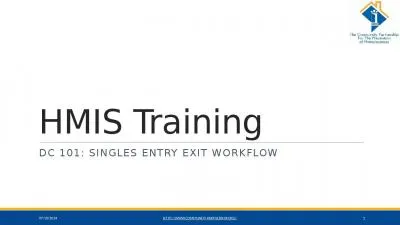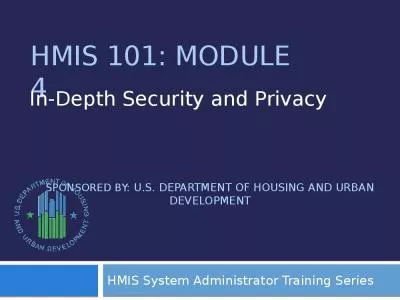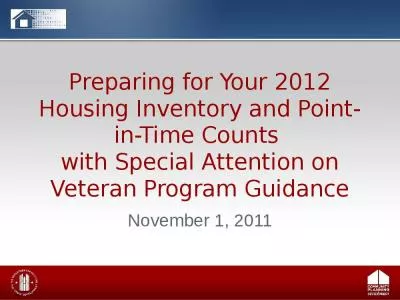PPT-Minnesota’s Homeless Management Information System (HMIS)
Author : cheryl-pisano | Published Date : 2019-11-29
Minnesotas Homeless Management Information System HMIS Client Point Module EntryExit Data Entry 121 This training is to provide introduction to data entry update
Presentation Embed Code
Download Presentation
Download Presentation The PPT/PDF document "Minnesota’s Homeless Management Inform..." is the property of its rightful owner. Permission is granted to download and print the materials on this website for personal, non-commercial use only, and to display it on your personal computer provided you do not modify the materials and that you retain all copyright notices contained in the materials. By downloading content from our website, you accept the terms of this agreement.
Minnesota’s Homeless Management Information System (HMIS): Transcript
Download Rules Of Document
"Minnesota’s Homeless Management Information System (HMIS)"The content belongs to its owner. You may download and print it for personal use, without modification, and keep all copyright notices. By downloading, you agree to these terms.
Related Documents

